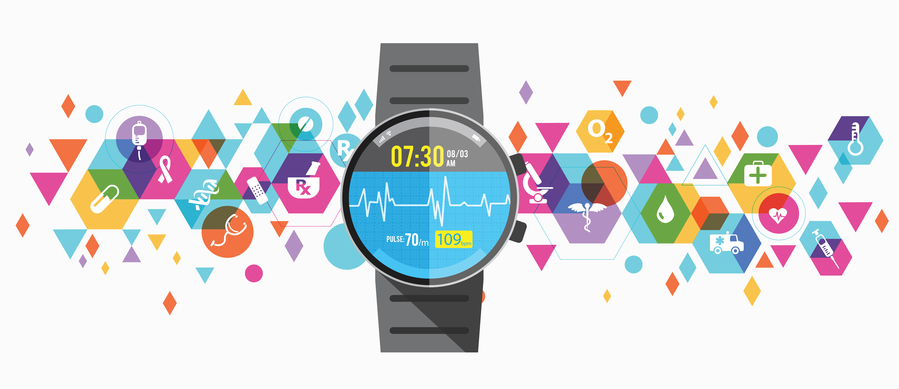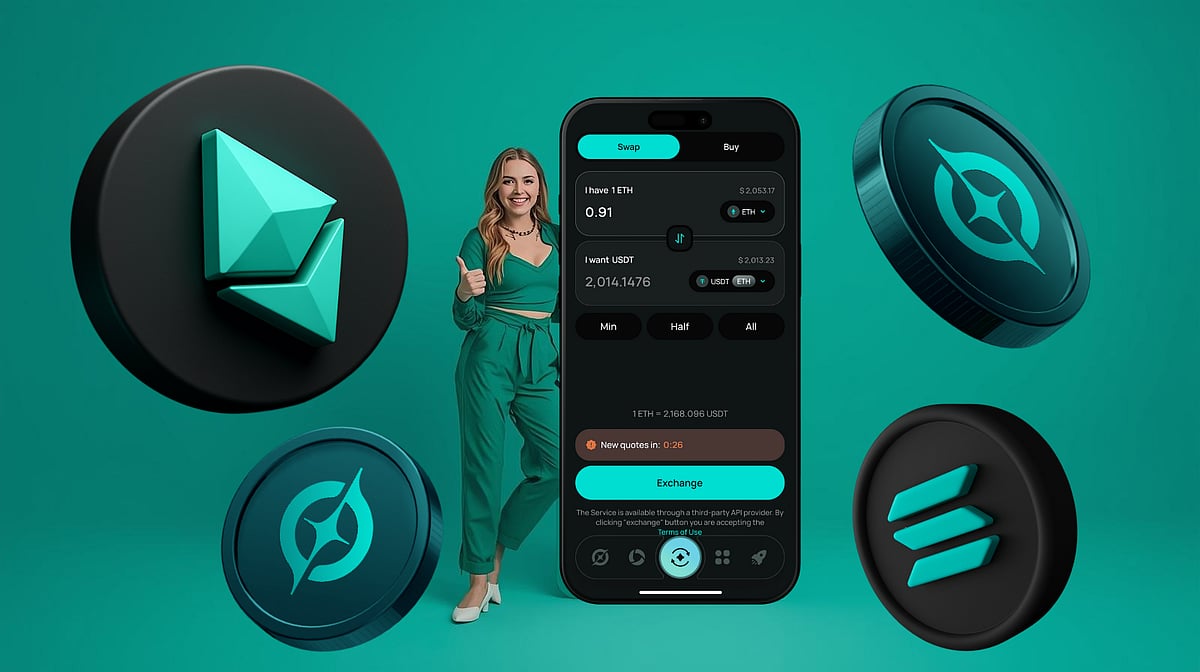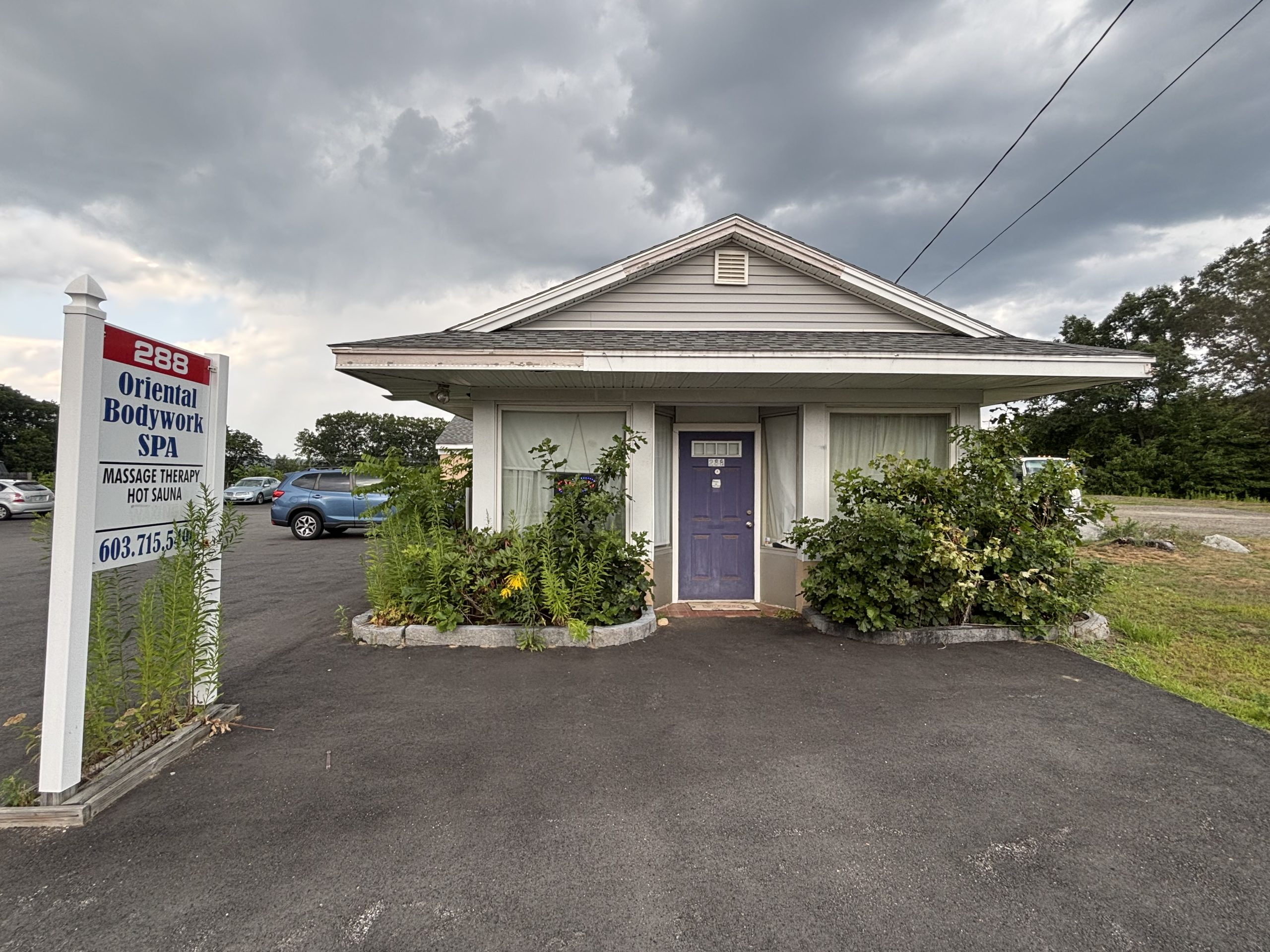Medical devices can generate plenty of usage data, but without the patient’s personal experience, healthcare teams miss critical details. Understanding how people feel and interact with these devices in real life is just as essential as the numbers on a chart.
Beyond Data Logs: Capturing The Real-World Experience Of Medical Devices At Home

Key Takeaways:
- Data logs alone do not capture the patient’s real-world experience.
- Ignoring patients’ perspectives may lead to incomplete healthcare insights.
- Understanding the emotional and practical aspects improves adherence and satisfaction.
- Contextual feedback can drive better long-term outcomes.
- A holistic approach to data collection benefits both patients and providers.
The Growing Role of Home-Based Devices
Medical devices used in a home environment gather vital information about a patient’s health and treatment. Wearable technologies and at-home monitors can record data ranging from heart rate to daily usage patterns. However, these log files often give only a partial view of how the device is being used.
The Experience Gap
“Devices can send information back to a physician, but that data doesn’t explain how the experience felt,” the article notes. While a log might show that a medical device was used twice a day, it does not reveal whether it was comfortable or caused frustration. This gap between raw metrics and real-world feelings can leave healthcare teams overlooking factors that influence how patients truly engage with the technology.
Consequences of Missing Context
Without understanding a patient’s emotional and practical journey, healthcare professionals risk missing vital nuances that shape long-term adherence and satisfaction. The absence of personal feedback not only affects day-to-day usage but may also influence a patient’s willingness to continue with treatment. Furthermore, incomplete insights limit a provider’s ability to tailor support programs effectively.
Toward a More Holistic Approach
To address these challenges, healthcare teams must actively solicit patient feedback about comfort, challenges, and overall satisfaction. Such qualitative information complements the numeric insight from device logs, helping care providers refine their strategies and improve device design. Capturing genuine experiences can close the gap between technology’s potential and its actual impact at home, ultimately leading to better patient outcomes.











